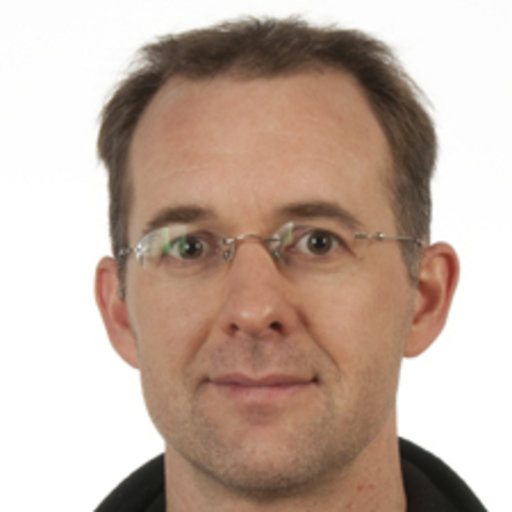‘Thinking like a vegetable: how plants decide what to do’
Dame Ottoline Leyser speaks about how plants adjust growth and development to suit their environmental conditions.
It’s easy to imagine that plants don’t do much if we equate action with movement. But plants are as busy of the rest of us, assessing their surroundings and changing their activity accordingly.
All the time they are balancing competing needs, such as whether to invest limited resources in roots or shoots. Plants make these decisions without the benefit of a brain instead using a sophisticated distributed processing system. Understanding how plants decide what to do has important implications for agriculture.
About the speaker
Professor Dame Ottoline Leyser DBE FRS, Univeristy of Cambridge, Director of the Sainsbury Laboratory aims to understand how plants adjust their growth and development to suit the environmental conditions in which they are growing. In particular, she is studying how plants change the number of shoot branches they produce depending on factors such as nutrient supply and damage to the main shoot. She is particularly interested in the roles and mechanisms of action of plant hormones such as auxin.
One of her discoveries — the auxin receptor — has helped to explain how hormone signals shape the response of a plant to its environment. She began studying the growth of shoots in the 1980s in Arabidopsis, which at the time was an emerging model for plant biology.
Ottoline was awarded a CBE in 2009 in recognition of her pioneering work in plant science. In parallel to her research, and in conjunction with the Royal Society, she collated Mothers in Science: 64 Ways to Have it All (PDF), a book that highlights how female scientists have successfully combined parenting with their research careers.
The 2019 New Zealand Rutherford Memorial Lecture is proudly presented by Royal Society Te Apārangi in partnership with The Royal Society, London, and with thanks to Auckland Museum Institute.
About the Rutherford Memorial Lecture
The Rutherford Memorial Lecture was established in 1952 by The Royal Society (London) and since that time, in association with the Royal Society of New Zealand, triennial visits have taken place to New Zealand to present the Rutherford Memorial Lecture. In accordance with the Rutherford Memorial Committee guidelines, the Royal Society of New Zealand Council, now known as the Royal Society Te Apārangi Council, is requested to recommend possible lecturers to The Royal Society (London). Lecturers are chosen from Fellows of The Royal Society (London).













